What is the difference between 201 stainless steel and 304 stainless steel?
 What is the difference between 201 st...
What is the difference between 201 st...The annealing process is to heat the metal or alloy to an appropriate temperature, hold it for a certain period of time, and then slowly cool it (usually cooling with the furnace). The heat treatment process is called annealing.The essence of annealing is to heat the steel to austenitization and then carry out pearlite transformation, and the structure after annealing is close to the equilibrium structure.
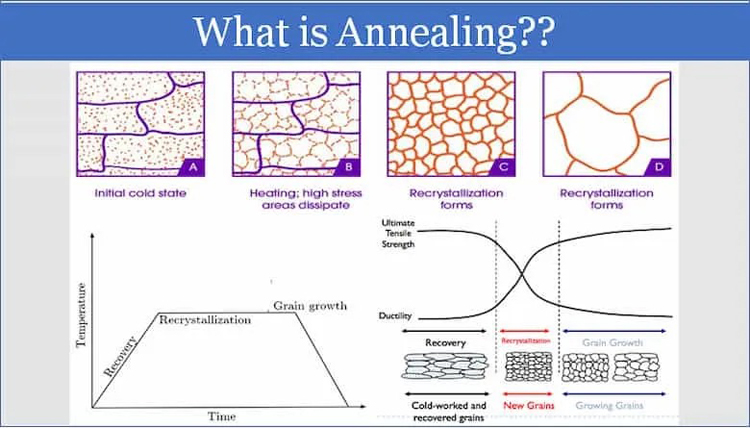
Purpose of annealing:
1) Reduce the hardness of steel, improve plasticity, and facilitate machining and cold deformation processing;
2) Homogenize the chemical composition and structure of the steel, refine the grains, improve the performance of the steel or prepare the structure for quenching prepare;
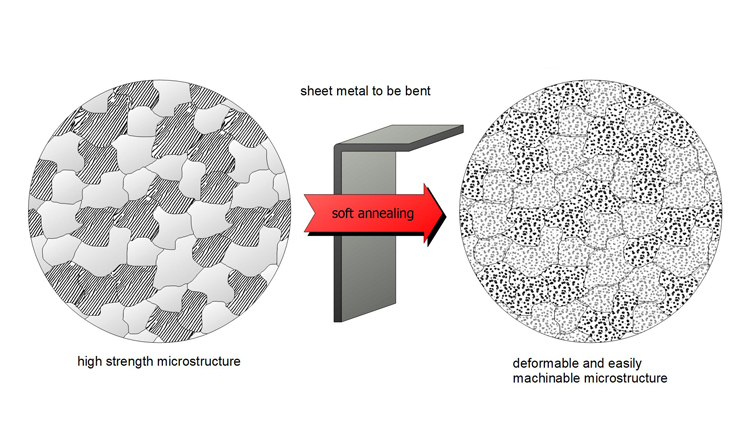
3) Eliminate internal stress and work hardening to prevent deformation and cracking.
Annealing and normalizing are mainly used for preliminary heat treatment. For parts with low stress and low performance requirements, annealing and normalizing can also be used as final heat treatment.

Commonly used annealing methods are divided into:
1) Phase transformation recrystallization annealing above the critical temperature (Ac1 or Ac3): complete annealing, diffusion annealing, incomplete annealing, spheroidizing annealing.
2) Annealing below the critical temperature (Ac1 or Ac3): recrystallization annealing, stress relief annealing.

Process: Heat the steel to 20~30°C above Ac3, and cool it slowly (with the furnace) after holding for a period of time to obtain a heat treatment process (complete austenitization) that is close to the equilibrium structure.
Complete annealing is mainly used for hypoeutectoid steel (wc=0.3~0.6%), generally medium carbon steel and low and medium carbon alloy steel castings, forgings and hot-rolled profiles, and sometimes for their welded parts. Low carbon steel has low hardness after complete annealing, which is not conducive to cutting; when hypereutectoid steel is heated to austenite state above Accm and slowly cooled and annealed, Fe3CII will precipitate along the grain boundary in the form of a network, making the strength, hardness and plasticity of the steel. And toughness is significantly reduced, leaving hidden dangers for the final heat treatment.
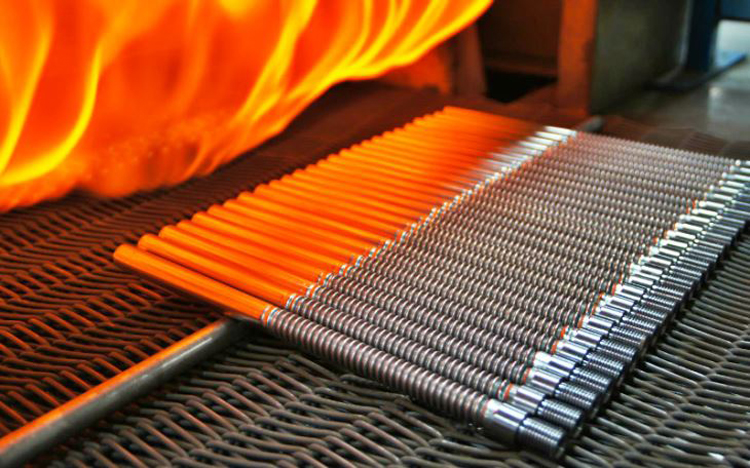
Purpose: to refine grains, uniform structure, eliminate internal stress, reduce hardness and improve machinability of steel. The microstructure of the fully annealed hypoeutectoid steel is F+P.
In actual production, in order to improve productivity, the annealing is cooled to about 500 ℃, and then it is air-cooled.
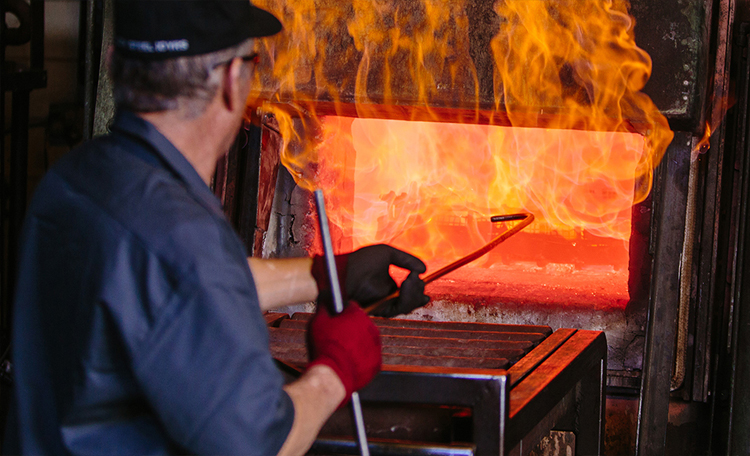
Full annealing takes a long time, especially for alloy steels with relatively stable undercooled austenitization. If the austenitized steel is cooled quickly to a temperature slightly lower than the Ar1 temperature isothermal, A is transformed into P, and then air-cooled to room temperature, which can greatly shorten the annealing time. This annealing method is called isothermal annealing.
Process: heat the steel to a temperature higher than Ac3 (or Ac1), keep it for a suitable time, then cool it to a certain temperature in the pearlite region quickly, and keep it isothermally, so that the austenite is transformed into pearlite, and then air-cooled to room temperature heat treatment process.

Purpose: Same as full annealing, the transformation is easier to control.
Applicable to steels with relatively stable A: high carbon steel (wc>0.6%), alloy tool steel, high alloy steel (total amount of alloying elements>10%). Isothermal annealing is also beneficial to obtain uniform microstructure and properties. However, it is not suitable for large-section steel parts and large batches of charge, because isothermal annealing is not easy to make the inside of the workpiece or the batch of workpieces reach the isothermal temperature.

Process: The steel is heated to Ac1~Ac3 (hypo-eutectoid steel) or Ac1~Accm (hypereutectoid steel), and then slowly cooled to obtain a heat treatment process close to the equilibrium structure.
Mainly used in hypereutectoid steel to obtain spherical pearlite structure to eliminate internal stress, reduce hardness and improve machinability. Spheroidizing annealing is a type of incomplete annealing.
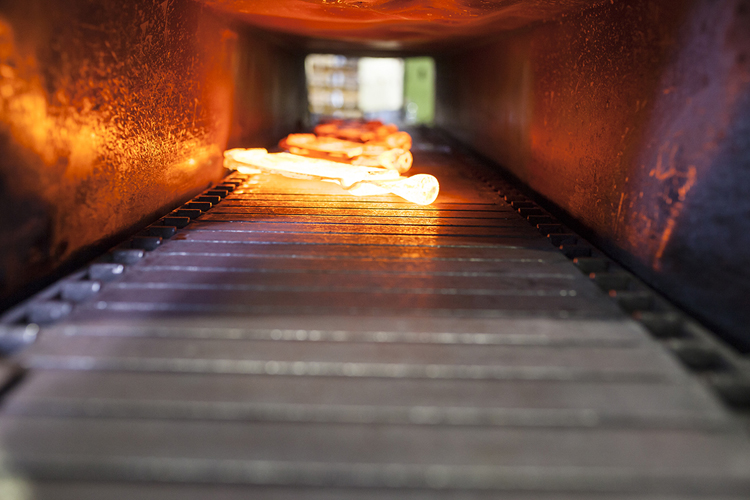
A heat treatment process for spheroidizing carbides in steel and obtaining granular pearlite.
Process: Heating to a temperature of 20~30℃ above Ac1, the holding time should not be too long, generally 2~4h is appropriate, the cooling method is usually furnace cooling, or a long time isothermal at about 20℃ below Ar1.
Mainly used for eutectoid steel and hypereutectoid steel, such as carbon tool steel, alloy tool steel, bearing steel, etc. The air-cooled structure of hypereutectoid steel after rolling and forging is lamellar pearlite and reticular cementite. This structure is hard and brittle, which is not only difficult to cut, but also easy to deform and crack in the subsequent quenching process. . The spherical pearlite is obtained by spheroidizing annealing. In the spherical pearlite, the cementite is spherical and fine particles, which are dispersed on the ferrite matrix. Compared with flaky pearlite, spherical pearlite not only has low hardness and is convenient for cutting, but also has less austenite grains during quenching and heating, and has less deformation and cracking tendency during cooling. If reticulated cementite exists in hypereutectoid steel, it must be eliminated by normalizing process before spheroidizing annealing to ensure normal spheroidizing annealing.
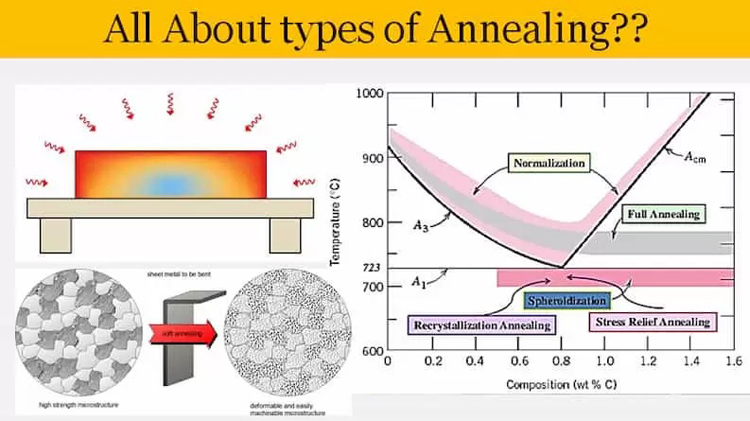
Purpose: To reduce hardness, uniform structure and improve machinability to prepare structure for quenching. There are many spheroidizing annealing process methods, mainly including:
a) One-time spheroidizing annealing process: heat the steel to 20~30℃ above Ac1, keep the temperature for an appropriate time, and then slowly cool with the furnace. The original structure before annealing is required to be flaky pearlite, and cementite network is not allowed.
b) Isothermal spheroidizing annealing process: After heating and holding the steel, it is cooled with the furnace to a temperature slightly lower than Ar1 for isothermal (generally 10~30℃ below Ar1). After the isothermal is completed, the furnace is slowly cooled to about 500 ℃, and then it is released from the furnace for air cooling. It has the advantages of short cycle, uniform spheroidization and easy quality control.
c) Reciprocating spheroidizing annealing process.
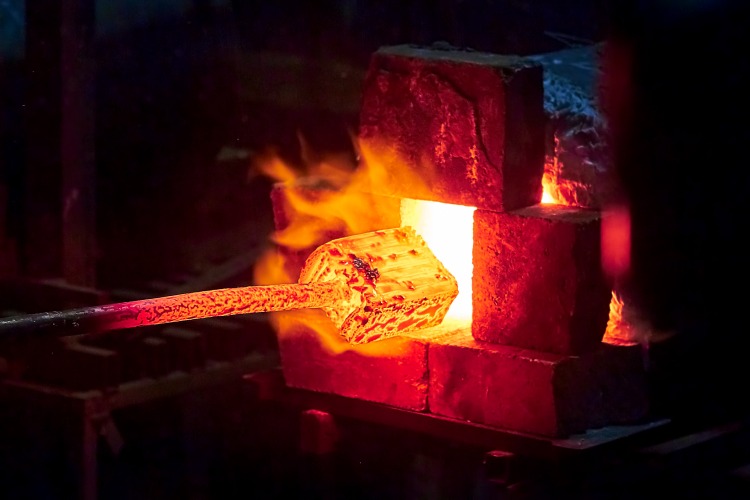
Process: A heat treatment process in which ingots, castings or forgings are heated to a temperature slightly lower than the solidus line for a long time, and then slowly cooled to eliminate uneven chemical composition.
Purpose: To eliminate dendrite segregation and regional segregation during the solidification process of the ingot, and to homogenize the composition and structure.
The heating temperature of diffusion annealing is very high, usually 100~200℃ above Ac3 or Accm. The specific temperature depends on the degree of segregation and steel grade.
The holding time is generally 10 to 15 hours. After diffusion annealing, complete annealing and normalizing are required to refine the structure.
It is used in some high-quality alloy steel and alloy steel castings and ingots with serious segregation.

Process: Heat the steel to a certain temperature lower than Ac1 (usually 500~650℃), keep it warm, and then cool it with the furnace.
The stress-relieving annealing temperature is lower than A1, so the stress-relieving annealing does not cause structural changes.
Purpose: to eliminate residual internal stress.
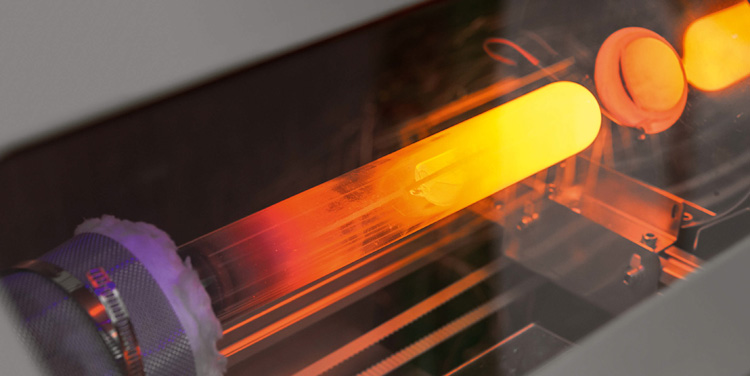
Recrystallization annealing, also known as intermediate annealing, is a heat treatment process in which the cold deformed metal is heated above the recrystallization temperature for an appropriate time, so that the deformed grains are re-transformed into uniform equiaxed grains and work hardening and residual stress are eliminated.
For the occurrence of recrystallization, first, there must be a certain amount of cold plastic deformation, and secondly, it must be heated to a certain temperature. The lowest temperature at which recrystallization occurs is called the minimum recrystallization temperature.
The heating temperature of recrystallization annealing should be 100~200℃ higher than the minimum recrystallization temperature (the minimum recrystallization temperature of steel is about 450℃), and it should be cooled slowly after proper heat preservation.
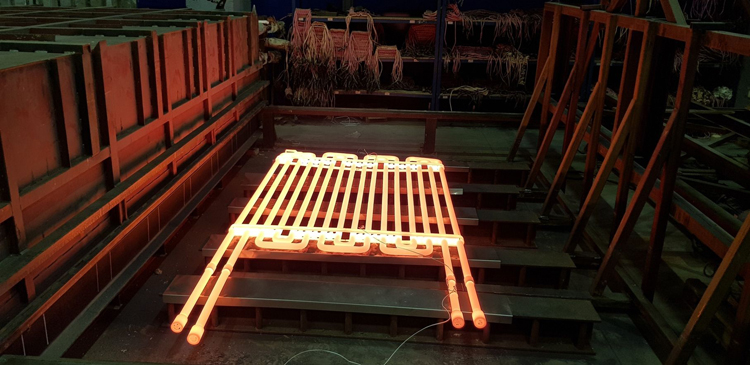
The selection of annealing method generally has the following principles:
(1) Various steels with hypoeutectoid structure are generally fully annealed. In order to shorten the annealing time, isothermal annealing can be used;
(2) Spheroidizing annealing is generally used for hypereutectoid steel. When the requirements are not high, incomplete annealing can be used. Spheroidizing annealing is often used for tool steel and bearing steel. Spheroidizing annealing is sometimes used for cold extrusion and cold heading parts of low carbon steel or medium carbon steel;
(3) In order to eliminate work hardening, recrystallization annealing can be used;
(4) In order to eliminate the internal stress caused by various processing processes, stress relief annealing can be used; only some large-scale steel castings of high-quality alloy steel, in order to improve the inhomogeneity of the structure and chemical composition, often use diffusion annealing .
 What is the difference between 201 st...
What is the difference between 201 st... Why is 316 stainless steel better tha...
Why is 316 stainless steel better tha... 400 series stainless steel science
40...
400 series stainless steel science
40... How to distinguish the processing tec...
How to distinguish the processing tec... Non-standard design materials of bras...
Non-standard design materials of bras... What type of titanium alloy does Tc4 ...
What type of titanium alloy does Tc4 ...